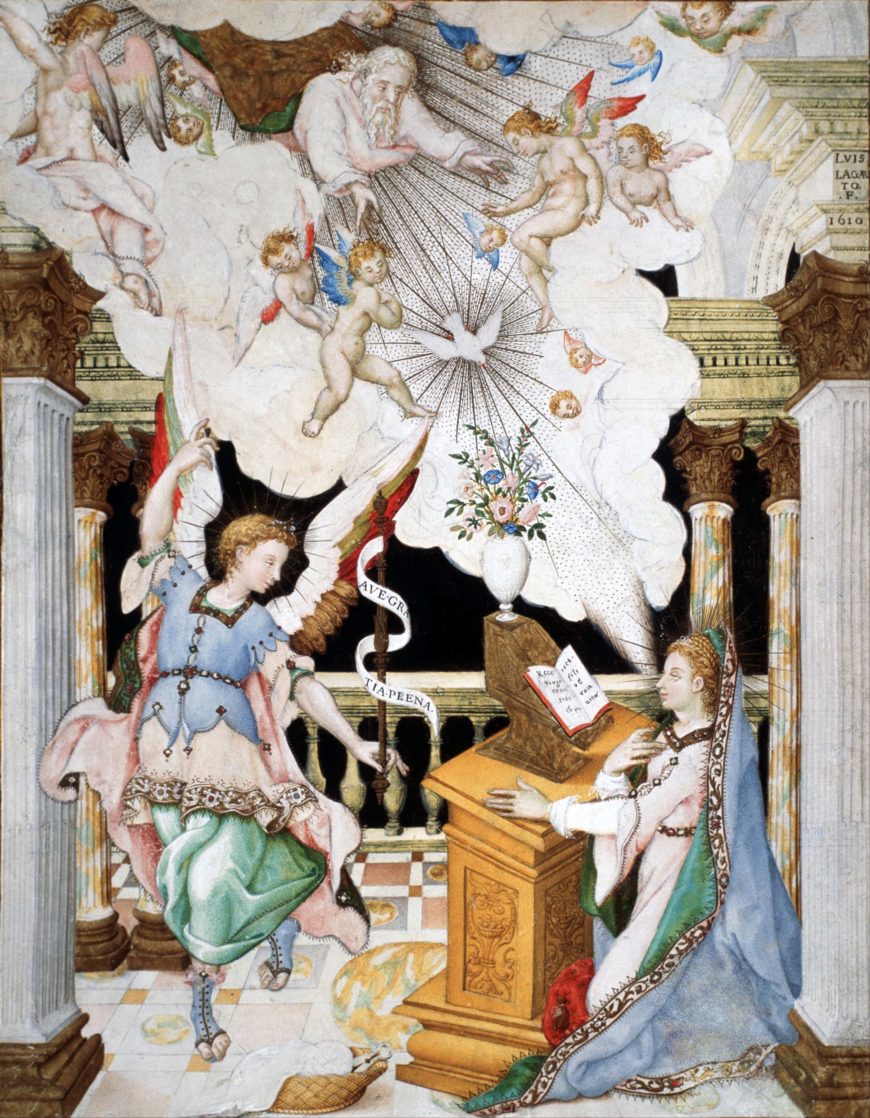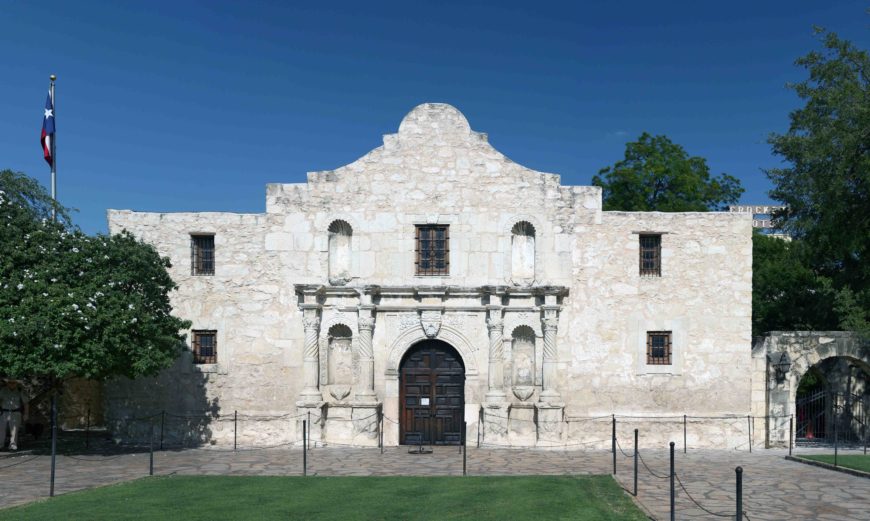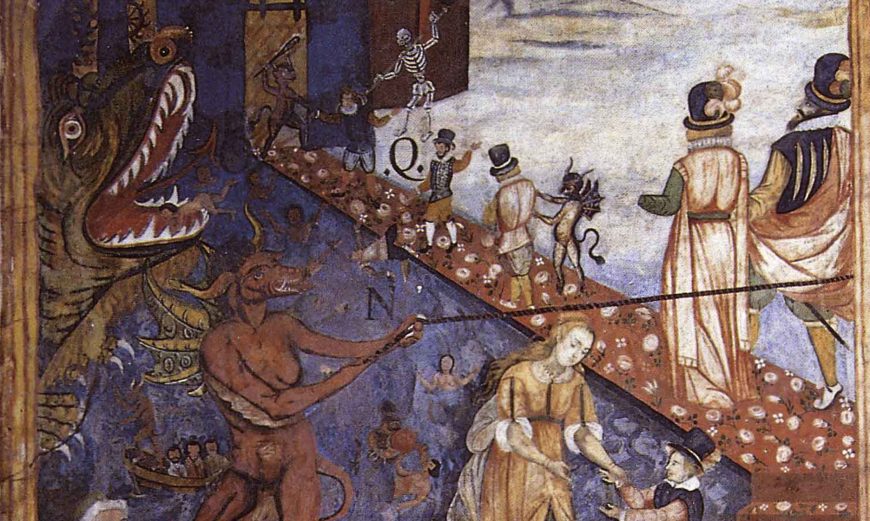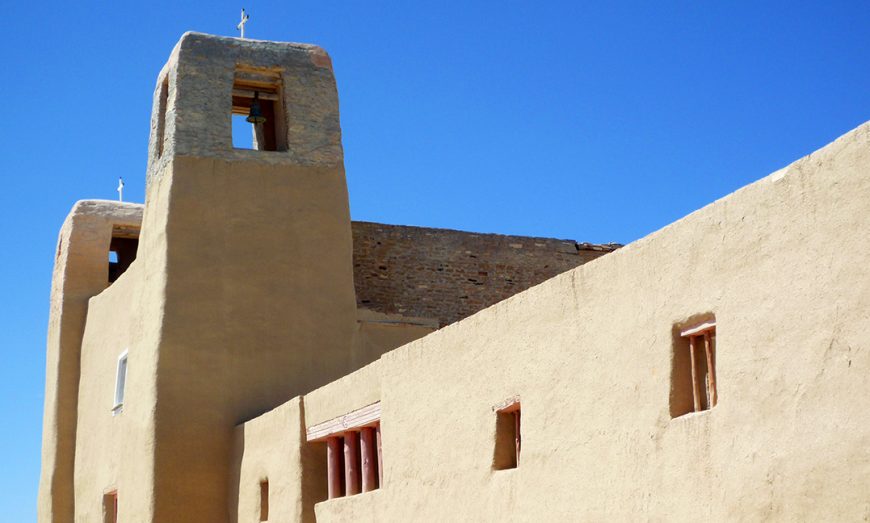The Churches of Chiloé represent a unique example in Latin America of an outstanding form of ecclesiastical wooden architecture. They represent a tradition initiated by the Jesuit Peripatetic Mission in the 17th and 18th centuries, continued and enriched by the Franciscans during the 19th century and still prevailing today. These churches embody the intangible richness of the Chiloé Archipelago, and bear witness to a successful fusion of indigenous and European culture, the full integration of its architecture in the landscape and environment, as well as to the spiritual values of the communities.
Churches of Chiloé
| Title | Churches of Chiloé |
| Artist(s) | Unrecorded artist |
| Dates | mid-18th–19th century |
| Places | South America / Chile |
| Period, Culture, Style | Colonial American / Colonial Spanish American / Viceroyalty of Peru |
| Artwork Type | Architecture / Church |
| Material | Wood |
| Technique |
Cite this page as: UNESCO, "Churches of Chiloé," in Smarthistory, May 27, 2021, accessed February 20, 2025, https://smarthistory.org/churches-chiloe/.






